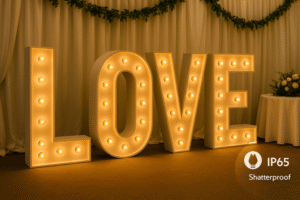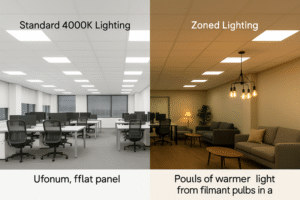Confused by technical terms on LED packaging? Choosing the wrong bulb wastes money and creates poor lighting. Let me simplify these essential parameters for you.
To decode LED bulb parameters, focus on lumens for brightness, Kelvin for color temperature (warm to cool light), CRI for color accuracy, and watts for energy use. These specs determine the light's quality and suitability for your project.
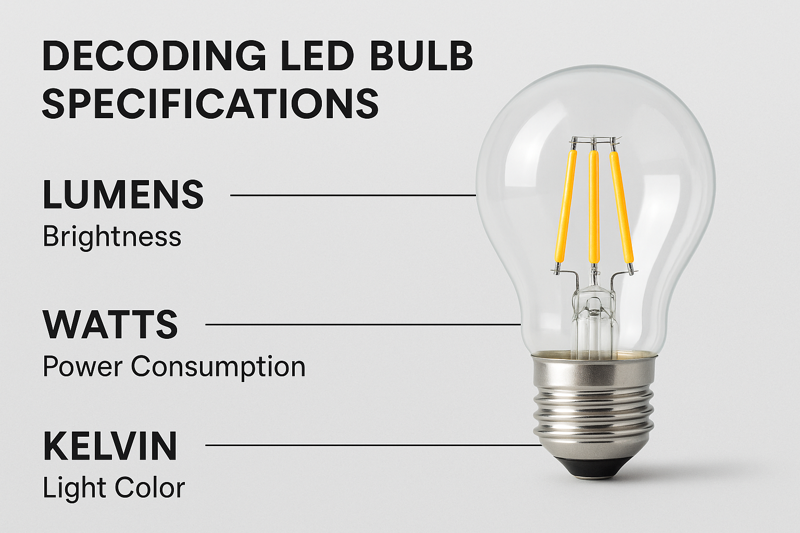
Those numbers on the box aren't just for show; they're the key to finding the perfect lighting solution for your customers. As a buyer or product manager, knowing exactly what they mean gives you a massive advantage. It helps you avoid common purchasing mistakes and ensures you're sourcing high-quality, reliable products. Let's break down the most important specs one by one, starting with the one that has completely changed how we measure brightness.
Why Should You Care More About Lumens Than Watts?
Still thinking watts equal brightness? This outdated idea leads to inefficient purchasing and poor lighting outcomes for your clients. Let me show you why you should focus on lumens.
Focus on lumens (lm) because it measures the actual amount of light a bulb produces. Watts (W) only measure energy consumption. A high-lumen, low-wattage LED bulb is more energy-efficient, saving money and delivering the brightness your customers need.
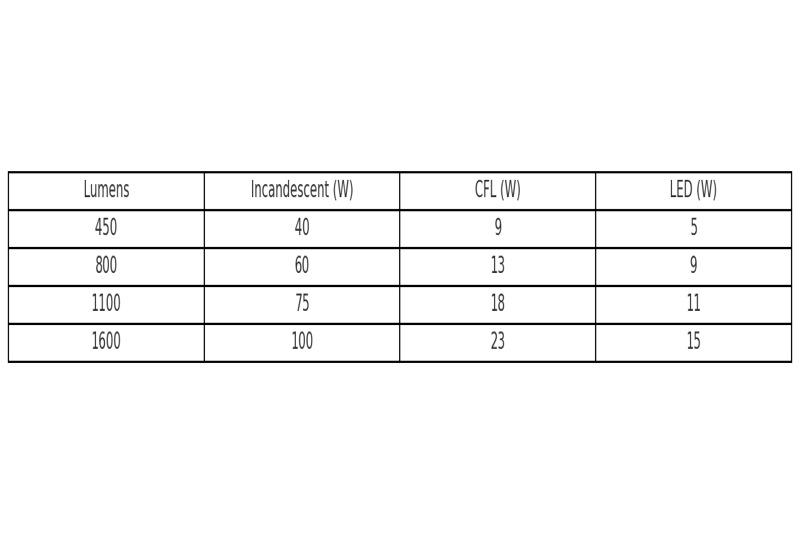
For years, we all bought light bulbs based on wattage. A 100W incandescent bulb was the standard for a bright room. But with LED technology, that thinking is completely outdated. Wattage tells you how much energy a bulb consumes, not how bright it is. In my 30 years in this industry, the biggest shift I've seen is moving customers from judging by watts to understanding lumens. A client of mine, Jacky, once insisted on finding a "60-watt equivalent" LED bulb. I showed him two options: one was an 8W bulb producing 800 lumens, and another was a 10W bulb also producing 800 lumens. He realized the 8W bulb gave him the same brightness while saving more energy. This is the core of LED efficiency and a crucial point for sourcing cost-effective products. It’s about securing performance, not just a familiar number.
Understanding Lumens (lm)
Lumens measure the total quantity of visible light emitted by a source. More lumens mean a brighter light; fewer lumens mean a dimmer light. It’s that simple. When you're sourcing LED filament bulbs or G4/G9 bulbs for a client's project, the first question should always be, "How many lumens are required for the space?" This ensures the lighting meets the functional needs, whether it's for ambient, task, or accent lighting. For example, a task area like a kitchen counter needs more lumens (maybe 500-700) than a relaxing living room where 200-400 lumens per bulb might suffice. Thinking in lumens is thinking about the final user experience.
Comparing Lumens to Watts
The relationship between lumens and watts is called luminous efficacy1, measured in lumens per watt (lm/W). The higher the lm/W, the more efficient the bulb. This is where LEDs truly shine and provide a competitive advantage for your product line.
| Bulb Type | Typical Wattage (for approx. 800 Lumens) | Luminous Efficacy (lm/W) |
|---|---|---|
| Incandescent | 60W | 13-14 lm/W |
| Halogen | 43W | ~18 lm/W |
| CFL | 13-15W | ~55-60 lm/W |
| LED | 8-10W | 80-100+ lm/W |
As a professional buyer, focusing on lumens and efficacy is critical. It allows you to source products for your clients that not only provide the right amount of light but also deliver significant long-term energy savings. At Hongyu Bulb, we prioritize high-efficacy chips in our LED filament bulbs2 to offer our B2B partners products that are both high-quality and competitively priced.
What Does Color Temperature (Kelvin) Really Mean for Your Space?
Have you sourced bulbs that looked great on paper but created the wrong mood? The color temperature might have been the problem. This detail can make or break a lighting design.
Color temperature, measured in Kelvin (K), describes the color appearance of the light, from warm to cool. Low Kelvin values (2000K-3000K) produce a warm, cozy light, while high values (4000K-6500K) create a cool, energizing light similar to daylight.
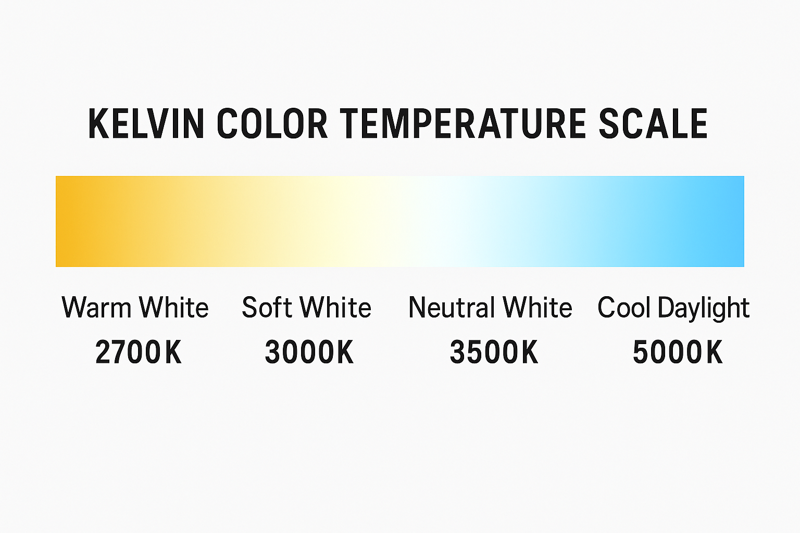
Choosing the right color temperature is about creating the right atmosphere for a space. It’s one of the most common topics I discuss with clients from the US and Europe. A hotel chain we supply wanted to create a welcoming, luxurious feel in their lobbies and guest rooms. We recommended our 2700K led filament bulbs. The warm, inviting glow was exactly what they needed. In contrast, for their office and conference areas, we supplied 4000K bulbs to promote focus and productivity. Understanding this difference is key to satisfying your own clients. You aren't just selling a light source; you are selling an experience. The wrong Kelvin rating is a frequent cause of customer dissatisfaction, so getting it right is crucial for a reliable B2B relationship.
Breaking Down the Kelvin Scale
The Kelvin scale3 is a simple way to understand the "color" of white light. It's not about colored bulbs like red or green, but about the tint of the white light itself. Think of it like a flame: the lower temperature parts are red and yellow, while the hottest part is blue-white.
- Warm White (2000K - 3000K): This is the color of a traditional incandescent bulb. It's cozy, inviting, and relaxing. Perfect for homes, restaurants, hotel lobbies, and any space where you want to create a comfortable atmosphere. Our "amber" filament bulbs fall into this category.
- Neutral White (3100K - 4500K): This light is more balanced and clean. It's friendly and inviting without being too yellow or too blue. Great for offices, retail stores, kitchens, and bathrooms where clarity is needed. A 4000K bulb is often considered a "universal" choice for commercial applications.
- Cool White / Daylight (4600K - 6500K): This light is crisp, bright, and invigorating, mimicking natural daylight. It enhances alertness and focus. Ideal for workspaces, warehouses, hospitals, and task lighting where maximum visibility is essential.
How to Choose the Right Color Temperature
When helping your customers, guide them based on the application. A simple chart can be a powerful sales tool.
| Application | Recommended Kelvin (K) | Mood & Feeling |
|---|---|---|
| Living Rooms, Bedrooms | 2700K - 3000K | Cozy, Relaxing |
| Kitchens, Bathrooms | 3000K - 4000K | Clean, Bright |
| Retail, Showrooms | 3000K - 4000K | Welcoming, Clear |
| Offices, Workspaces | 4000K - 5000K | Productive, Focused |
| Warehouses, Hospitals | 5000K - 6500K | Alert, High-Visibility |
At Hongyu Bulb, we offer a wide range of Kelvin options for our LED filament and G4/G9 bulbs precisely because we know how important this parameter is. Providing choice and guidance helps our partners, like you, become trusted advisors to your own customers.
How Does the Color Rendering Index (CRI) Affect What You See?
Ever buy a piece of clothing in a store and find it looks like a different color outside? This is poor Color Rendering Index (CRI) at work, a detail many buyers overlook.
The Color Rendering Index (CRI) measures how accurately a light source reveals the true colors of objects, on a scale of 0 to 100. A higher CRI means colors appear more natural and vibrant, similar to how they look under sunlight.
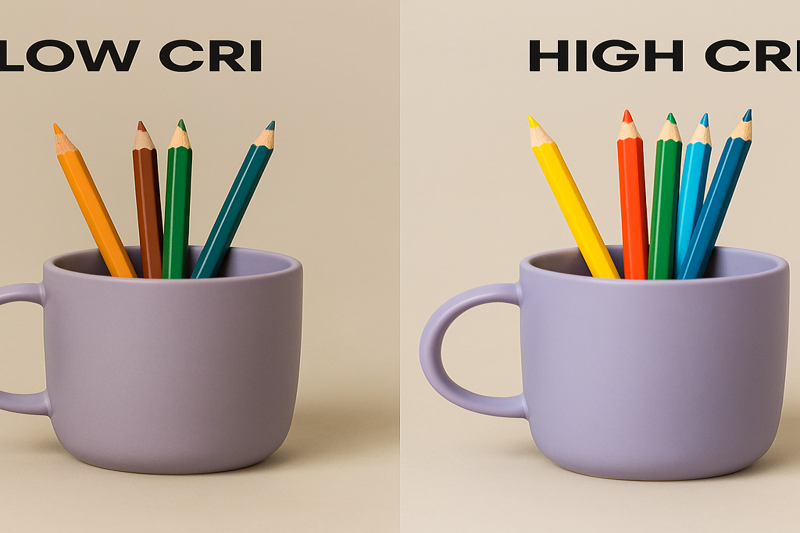
CRI is a subtle but incredibly important parameter, especially for specific applications. I worked with a product manager for a large retail chain in the UK who was having issues with returned merchandise, especially clothing and produce. We analyzed their lighting and found they were using bulbs with a low CRI of around 70. Colors appeared washed out and inaccurate, leading to a poor customer experience. We replaced their lighting with our high-quality LED bulbs with a CRI of 90+. Customer complaints dropped, and sales in those departments improved. For professional buyers, understanding CRI is a way to solve real business problems for your clients. It demonstrates a deeper level of expertise and helps you specify products that deliver true value beyond just brightness and energy savings. This is how you build long-term trust.
Why CRI Matters
The CRI scale4 is based on how well a light source renders a set of standard colors compared to a perfect reference light source (like natural daylight), which has a CRI of 100.
- CRI < 80: Considered poor to acceptable. Colors may look dull, and it can be hard to distinguish between similar shades. This is only suitable for applications where color accuracy is not important at all, like some industrial or outdoor settings.
- CRI 80-90: Considered good. This is the standard for most home and commercial applications. It provides a clean, accurate light that is suitable for the vast majority of spaces, from offices to living rooms.
- CRI 90+: Considered excellent. This level of color accuracy is crucial for applications where seeing true colors is vital. Think art galleries, retail stores, print shops, and high-end residential projects.
Matching CRI to the Application
Not every project needs a CRI of 95. Sourcing the right bulb means balancing performance and cost. Here’s a quick guide to help you advise your clients:
| Application | Minimum Recommended CRI | Why It's Important |
|---|---|---|
| Warehousing, Parking Garages | 70+ | Basic visibility is the only requirement. |
| General Office & Home Use | 80+ | Ensures a pleasant and clear visual environment. |
| Kitchens, Bathrooms | 85+ | Food and skin tones should look natural. |
| Retail Stores, Supermarkets | 90+ | Products look more appealing; true colors sell better. |
| Art Galleries, Museums, Studios | 95+ | Essential for accurate color representation. |
As a manufacturer committed to high-quality products, we at Hongyu Bulb understand the nuances of CRI. Our LED filament bulbs are often specified with a CRI of 80+ or 90+ to meet the demands of discerning markets in the US, UK, and Netherlands. Offering high-CRI options5 allows you to cater to premium projects and distinguish yourself from competitors who only focus on price.
Are Dimmable LEDs Always the Right Choice?
Your client wants dimmable lights, but is any "dimmable" bulb okay? Incompatible bulbs and dimmers cause flickering and buzzing, leading to product returns and unhappy customers.
Not all LEDs are dimmable, so you must select bulbs specifically labeled as "dimmable". Furthermore, it's crucial to ensure compatibility between the LED bulb's driver and the dimmer switch technology (e.g., leading-edge or trailing-edge) to avoid performance issues.
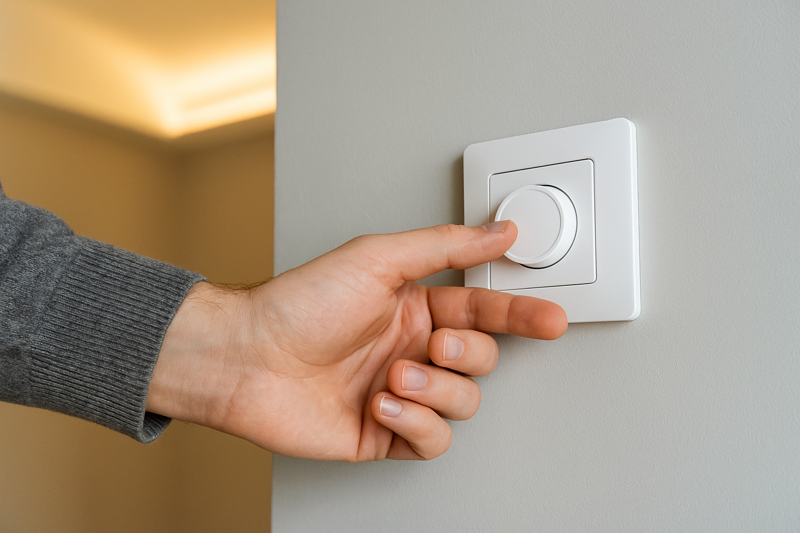
In the early days of LED, dimming was a huge headache. The technology just wasn't compatible with the old dimmer switches designed for incandescent bulbs. This caused flickering, a limited dimming range, and lots of customer complaints. I remember a buyer from the Netherlands, Dané, faced this exact issue with a shipment from another supplier. The bulbs were dimmable, but only with very specific, expensive dimmers. We worked with him to source our LED filament bulbs which have highly compatible drivers. This solved his problem and saved his relationship with his clients. Today, the technology is much better, but as a buyer, you must verify compatibility. Simply seeing "dimmable" on the box is not enough; you have to understand the technology behind it to ensure a smooth, flicker-free experience for the end-user.
Understanding Dimmer Compatibility
The key issue lies in the difference between how incandescent and LED bulbs work. Old dimmers, called leading-edge dimmers, worked by cutting off the first part of the AC power wave. This worked fine for a simple filament, but the complex electronics (drivers) in an LED bulb can react poorly to it.
- Leading-Edge Dimmers (TRIAC)6: Designed for high-power incandescent loads. They are common and inexpensive but can be less compatible with low-power LEDs, sometimes causing buzzing or flickering.
- Trailing-Edge Dimmers (ELV)7: Designed for low-voltage electronic loads. They are more modern, more expensive, but offer smoother, silent dimming for LEDs with a wider dimming range.
- Universal Dimmers (0-10V, DALI): These are more advanced systems often used in commercial settings. They provide the best performance but require specific wiring.
What to Look for as a Buyer
When sourcing dimmable LED products, you need to ask the right questions to your manufacturer.
| Buyer's Question | Why It's Important | A Good Answer Looks Like... |
|---|---|---|
| "What dimmer types are these bulbs compatible with?" | Prevents compatibility issues for your customers. | "Our bulbs are tested with major leading-edge and trailing-edge dimmers." |
| "What is the dimming range?" | Some LEDs only dim to 30%, not true darkness. | "They offer a smooth dimming range from 100% down to 10%." |
| "Have you tested for flicker?" | Flicker can cause headaches and is a major quality flaw. | "Yes, our drivers are flicker-free, compliant with Title 24 / JA8 standards." |
At Hongyu Bulb, we engineer our dimmable LED filament and G4/G9 bulbs for broad compatibility. We know that reliability is key for our B2B partners. Providing a product that works seamlessly out of the box reduces your support costs and increases your customers' satisfaction.
Conclusion
Understanding lumens, watts, Kelvin, and CRI moves you from a simple buyer to an expert lighting solutions provider, ensuring you choose the perfect, high-quality bulb every time.
Understanding luminous efficacy helps you choose energy-efficient lighting solutions that save costs and enhance brightness. ↩
Exploring LED filament bulbs reveals their advantages in energy efficiency and aesthetic appeal, perfect for modern lighting needs. ↩
Understanding the Kelvin scale is crucial for selecting the right lighting for different environments, enhancing both aesthetics and functionality. ↩
Understanding the CRI scale is essential for selecting the right lighting for various applications, ensuring color accuracy and visual comfort. ↩
Exploring high-CRI options can help you enhance your projects with superior color rendering, making spaces more appealing and functional. ↩
Explore this link to understand how TRIAC dimmers function and their compatibility with different bulb types. ↩
Learn about ELV dimmers and why they are preferred for LED lighting, ensuring optimal performance and dimming. ↩






